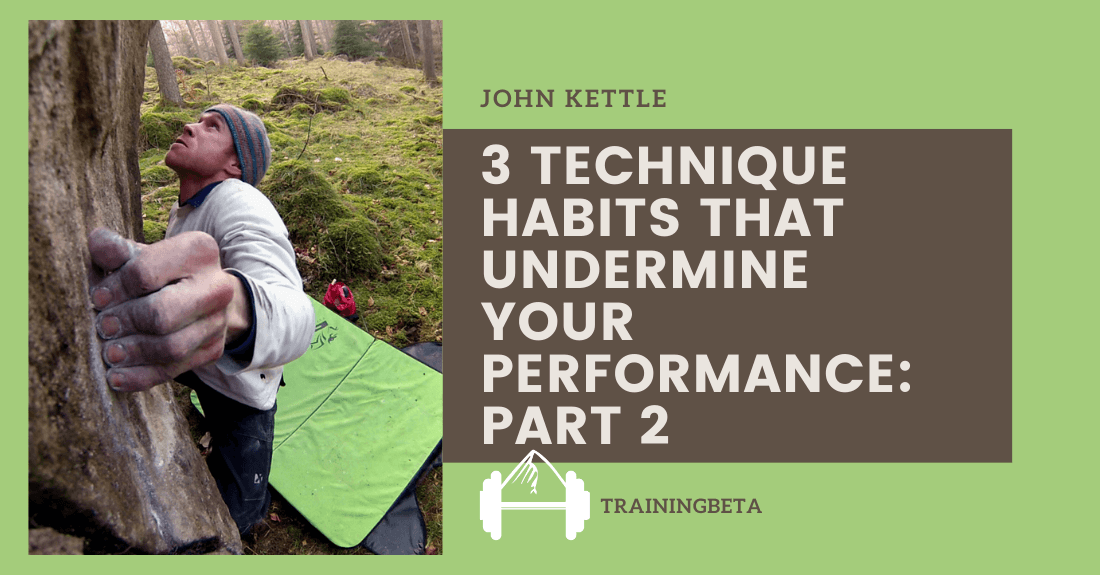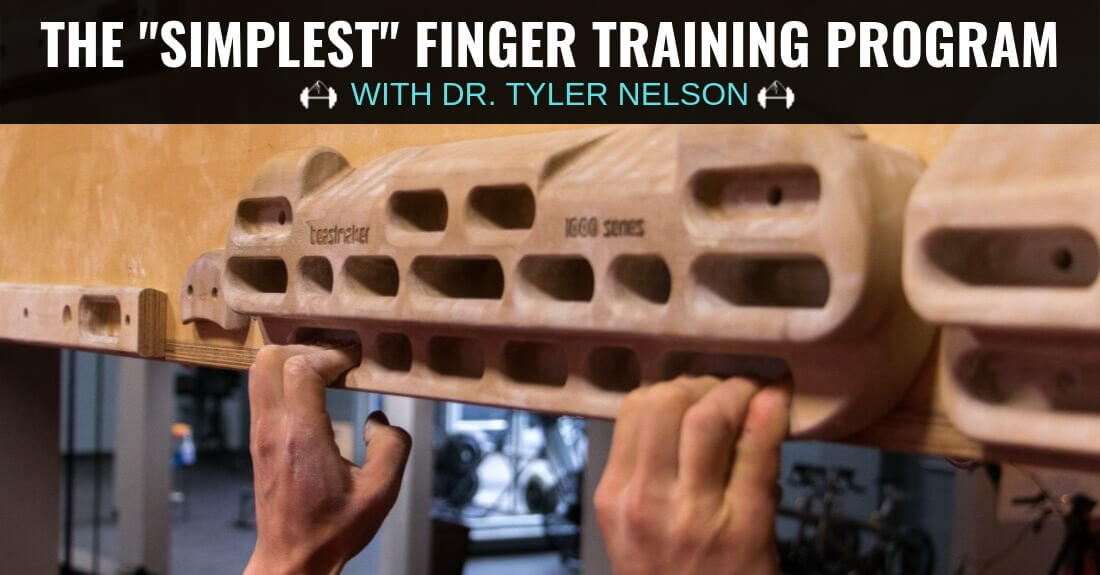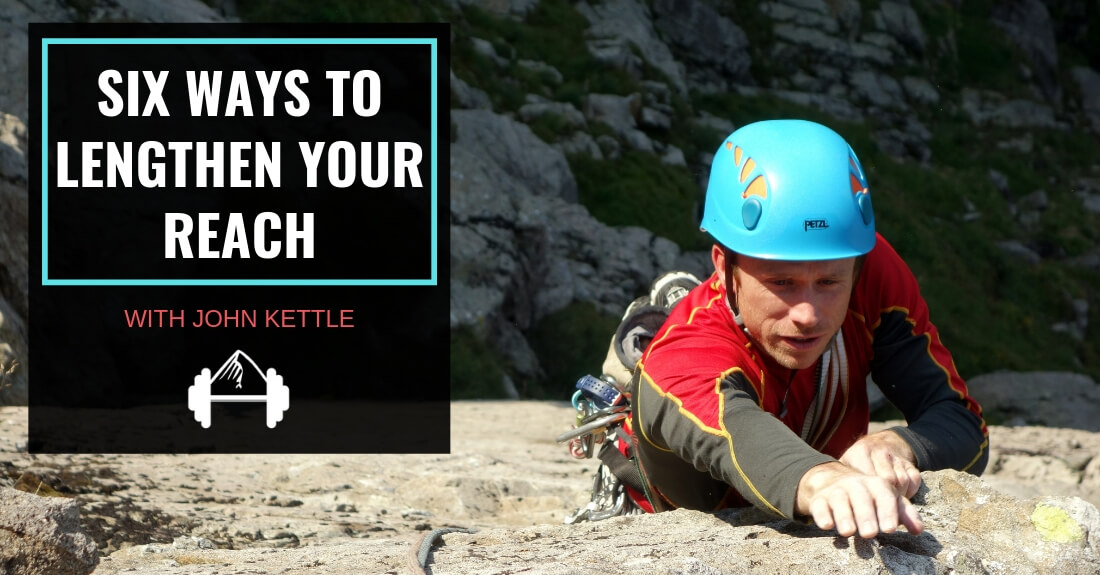If you are not a naturally dynamic climber, dynos and jumps can seem almost impossible and make you feel foolish. However, for harder routes and boulder problems dynos are often an important tool. This is especially true for shorter climbers who may have to jump past sections of rock that taller climbers can simply reach past.
To help you become more comfortable jumping and using dynamic movement, here’s an article from Climbing Magazine by JP Whitehead and featuring professional climber Sean McColl that begins to break down dynos by exploring the movement mechanics behind them.
“Success in a dynamic movement requires the correct transfer of weight from the feet and legs to the upper body. Your hips are vastly important to this weight transfer… The push begins in the feet, the momentum moves through the hips, and then you jump! If you’re having trouble with a particular move, record yourself on it and watch it in slow motion. This will help you figure out the mechanics of the dyno and see where and when different parts of your body engage.” – Sean McColl
In the article, Whitehead and McColl discuss all the elements that contribute to a dynamic jump. In detail, they delve into the different stages of a dyno from how to setup for a dyno, to how to generate the required force, and finish with how to control the swing.
If you struggle at all with dynamic movement, do yourself a favor and click through bellow to give this article a read. With the help of these tips, you’ll be able to stop throwing yourself blindly at each jump or simply avoiding them all together. Instead you’ll be able to approach each dyno analytically and figure out the precise movement pattern required for success.
Click Here: Master Dynos with Sean McColl
(photo courtesy of climbing.com)
Other Articles You Might Like:
- Climbing Technique for Shorter Climbers
- Do it Anyway! Working Your Weakness
- Strength or Power? Improving Your Climbing with Plyometrics
- Campusing, Part 1: For Power…Big Rungs, Big Moves.






Leave A Comment